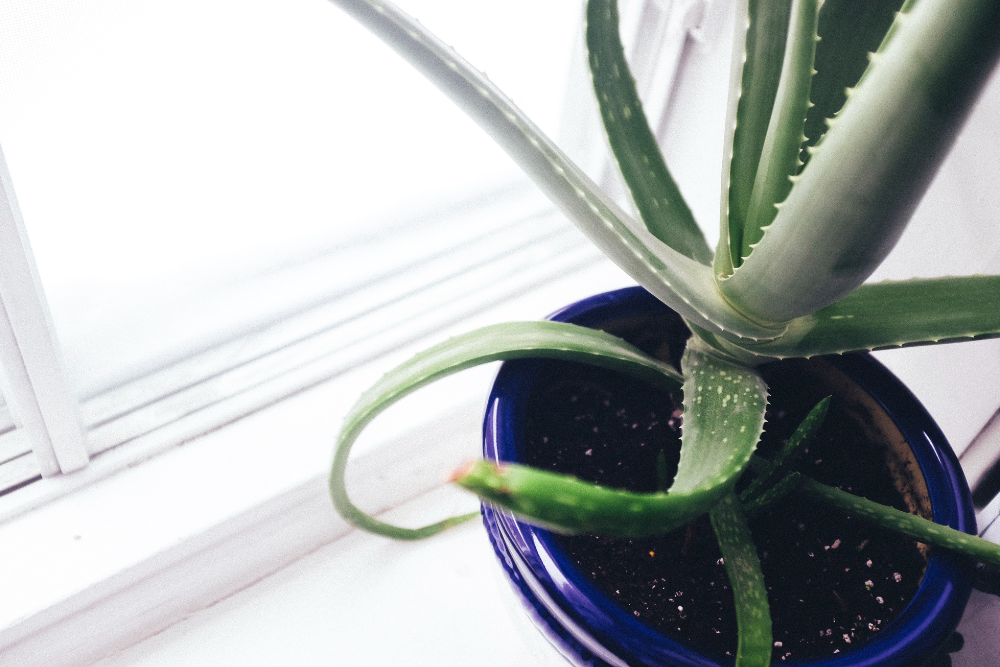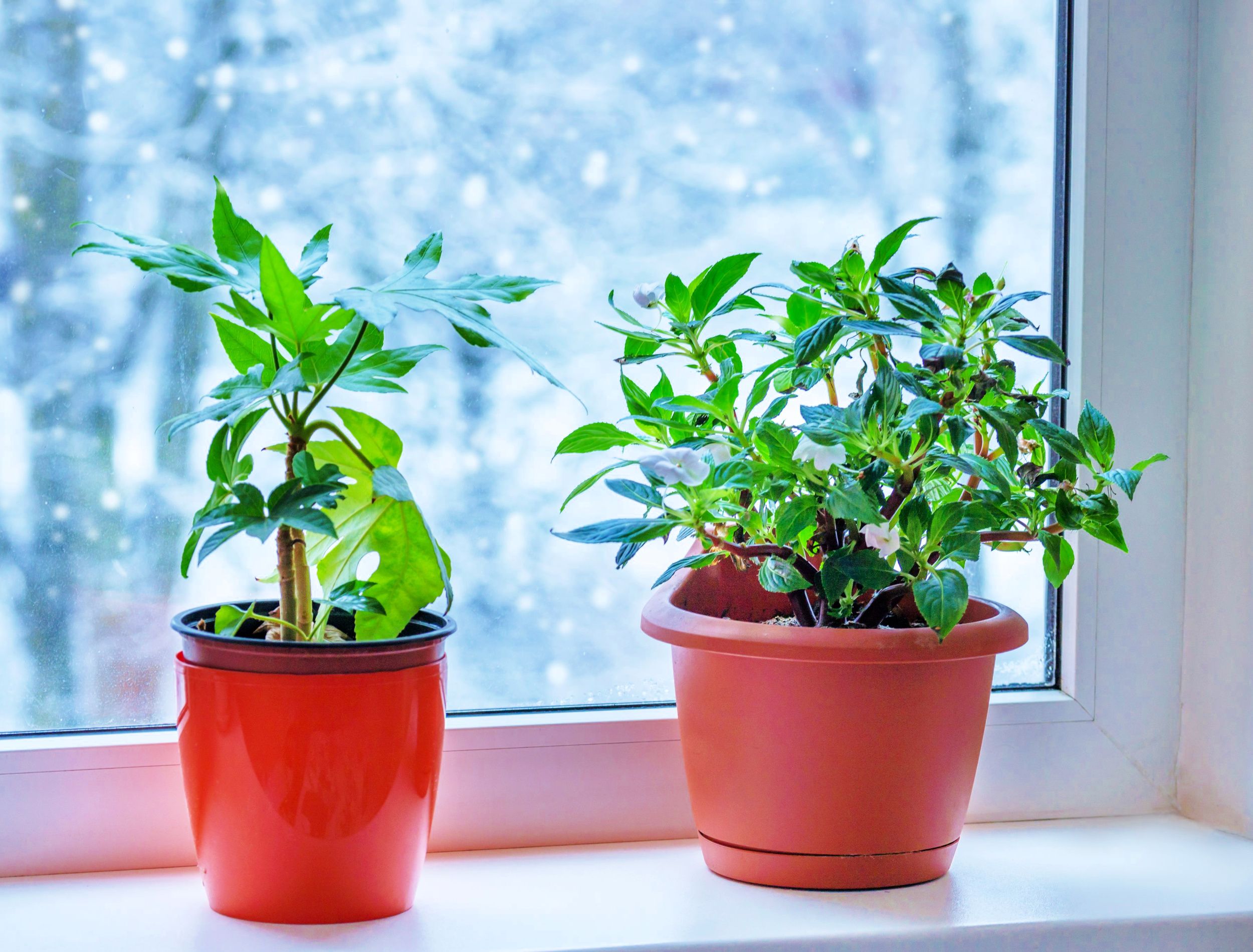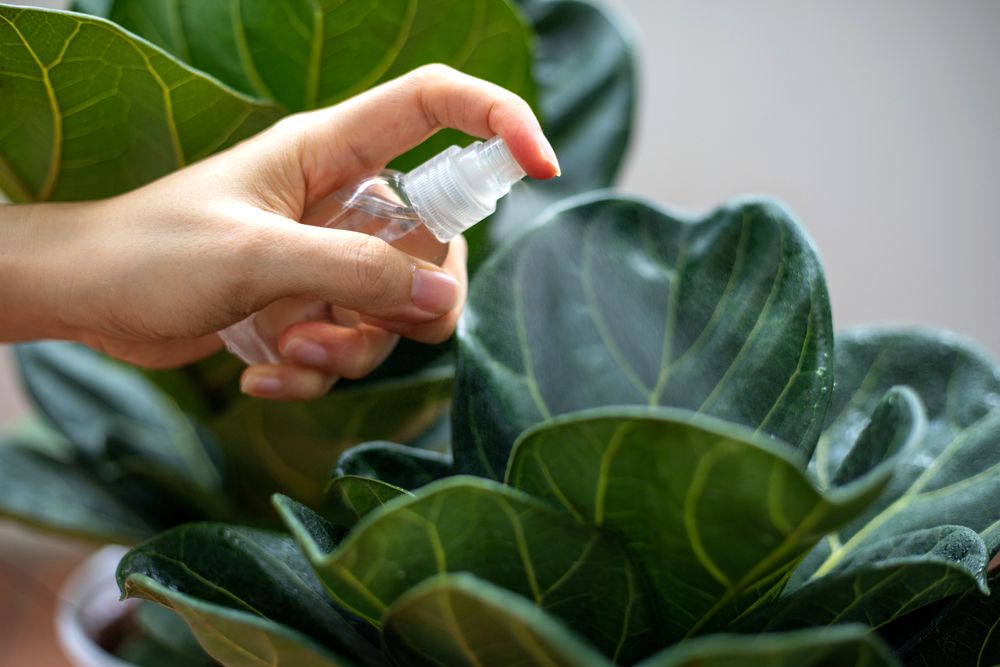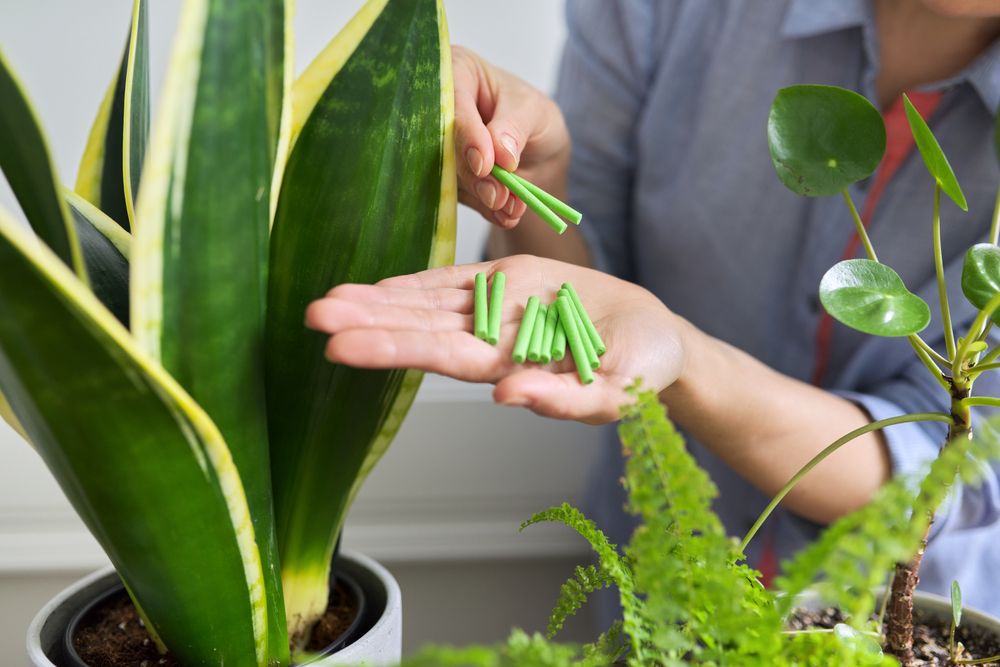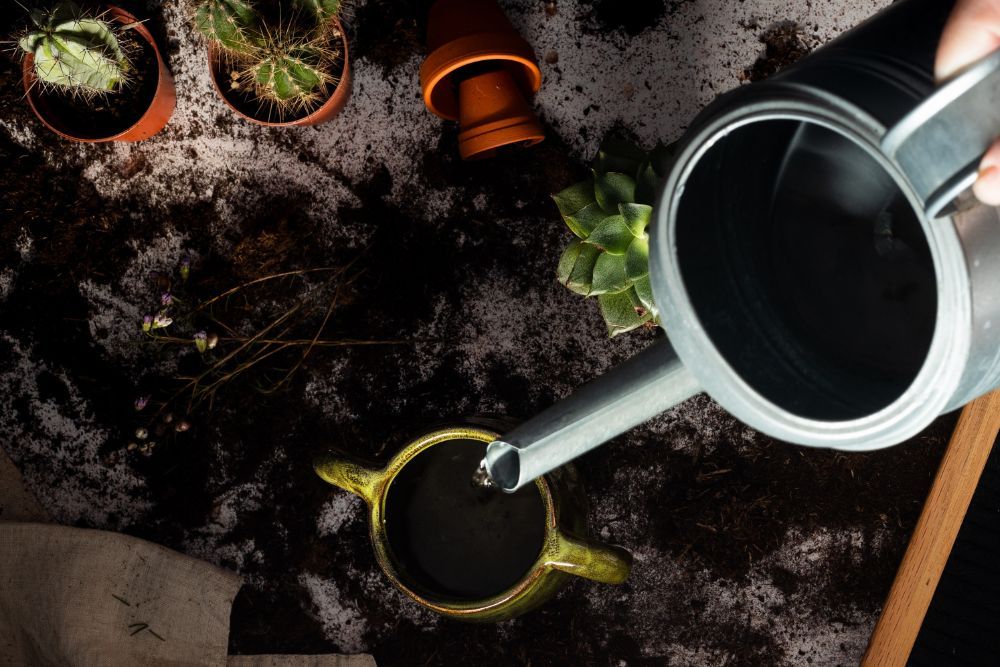When you first brought your houseplant home from the store, you were so excited. It was fresh and new and GREEN! But now, a few weeks later, it's not looking so good. Your houseplant isn't growing, and you have no idea why. You've followed all the instructions for taking care of it, but it's not getting any bigger. The leaves may be drooping, and the stems are weak. What happened? And what could you do to fix the problem?
Here are six reasons why your houseplant may be struggling, and what you can do to help it thrive!
Watering
Image credits: Bogdan Sonjachnyj via Shutterstock
Another common reason that a houseplant stops growing is poor watering habits. Many people either water their plants too much or too little, which can lead to issues like root rot or dehydration. To avoid these problems, it's important to know how much water your plant needs and when it needs to be watered.
Some general guidelines to keep in mind include:
- Water your plant early in the morning, as this will give them time to absorb the water before it gets too hot or dry outside.
- Check the soil moisture to see if your plant needs more water. If it is dry down a couple of inches into the soil, then you can give it some water. Avoid overwatering, as this can cause root rot and other problems, such as fungal diseases.
- Make sure your pot has proper drainage so that excess water can flow freely out of the pot and away from the roots.
- Some plants need more water than others. For example—a fern may need to be watered more often than a cactus. Be mindful of the types of plants you have, and their requirements.
- Larger plants need more water than smaller plants, so water accordingly.
- If your plant is placed in a bright area, it may need to be watered more frequently.
- Drooping or mushy leaves, yellowish colors, and brown spot can all be signs of overwatering so pay attention!
With these tips and some care and attention, you can help get your houseplant back on track and keep it healthy and growing!
Temperature
Image credit: Tristan Gevaux via Unsplash
Light and temperature are correlated through the process of photosynthesis. In order for plants to carry out photosynthesis, they need an ample amount of sunlight. Plants also need a certain range of temperatures to thrive, and if yours isn't within that range, it can stunt their growth.
Due to the fact that most houseplants are tropical in nature, the ideal temperature for most plants is between 65- and 80-degrees Fahrenheit. If your home is too hot or too cold, it can prevent your plant from growing.
If you think temperature might be the issue, try moving your plant to a different location in your home. Perhaps near a window that offers enough sunlight to reach its ideal temperature range. Be aware though, that some plants enjoy and thrive in the low light corners of your home.
With a little trial and error, you can find the perfect spot in your home for your plant to thrive. And soon, you'll see it growing taller and healthier than ever before!
Light
Image credits: mdbildes via Shutterstock
One of the most common reasons your houseplant isn't growing is that it's not getting enough light. Most houseplants need at least six hours of sunlight per day to grow properly. If your plant is placed in a spot that doesn't get enough light, it will become etiolated, which means it will become frail and stretch out, becoming leggy in an attempt to reach the light.
To fix this problem, simply move your plant to a brighter spot. If possible, place it near a south-facing window so it can get the most light possible. You may also need to increase the amount of artificial light you're providing if your plant is still not growing properly. This can be done by using grow lights or fluorescent bulbs.
Once you've increased the amount of light your plant is getting, it should start to grow normally. Be sure to keep an eye on it and move it around as needed so that it continues to get the light it needs.
Humidity
Image credits: AngieYeoh via Shutterstock
If your houseplant is struggling to grow, it might be due to low relative humidity. This can occur for a number of different reasons, including dry indoor air from using heating and cooling systems in your home. A typical houseplant needs an environment where humidity is between 40 and 50 percent.
One of the easiest ways to boost humidity is by misting your plants regularly with water. However, you would have to repeat this every few minutes to get the moisture in the air high enough to make a difference. If you decide to mist your plants be aware that you should never spray plants with hairy leaves; By keeping them moist, you may be inviting fungal diseases.
Another option is to invest in a humidifier, or pebble tray, which can help to raise the relative humidity in your home.
A different method to consider is grouping your houseplants together, as this can create a microenvironment that helps to increase the overall level of moisture in the air. Plants release water vapor through their leaves, which helps to balance out dry indoor air and create an ideal environment for your houseplant.
Fertilizing
Image credits: VH-studio via Shutterstock
The key to keeping any houseplant healthy is regular feeding with the right fertilizer at the right time. Fertilizers come in many different forms, which means it can be difficult to know what type is best for your individual plants.
Start by doing some research on your specific plant. Different varieties have different nutrient needs and understanding these requirements will help you pick the right fertilizer for your plant. Also, look for a high-quality, all-purpose fertilizer that contains a blend of nutrients like nitrogen, phosphorus, and potassium. This type of fertilizer is usually labeled as, "complete," or, "balanced."
Avoid using fertilizers that are too strong or concentrated - these can cause damage to your houseplant and actually stunt its growth instead of helping it thrive. Always follow the directions on the label when adding fertilizer to your plant's soil. Many gardeners suggest using a diluted liquid fertilizer.
If your plant needs it, make sure to give your houseplant regular feedings. You can also use a soil test kit to check the nutrient levels in your plant's soil and determine if you need to fertilize more often. It’s also worth noting, the higher the light levels, the more fertilizer is needed for your houseplants.
Soil
Image credits: micheile dot com via Unsplash
When it comes to houseplants, having healthy, thriving greens requires good soil. If your current soil isn't providing everything your plant needs to grow, it may be time to invest in something new.
The first thing you'll want to consider when choosing new soil is the type of plant that you're growing. Different plants require different types of nutrients and pH levels, and will do best with different types of soil. For example, if you have a fern or a tropical plant that needs lots of moisture and humidity, you'll want to look for soil that has peat moss or another organic material that retains water well.
As for your current soil, it's important to take a look at what kind of ingredients currently in there. Some soils may contain too many nutrients and minerals, which can actually burn your plant roots and cause damage over time. Other soils may not contain enough nutrients or are not well draining, which can also cause problems for your plant.
Plant Care Made Simple
Houseplants are a great way to improve air quality, and they can also be a beautiful addition to your home. If your houseplant is struggling, it may be due to one of the six reasons listed above. Don't give up on your plant yet!
With a little bit of TLC, you can help it thrive once again. Do you have any tips or tricks for keeping houseplants healthy? Leave them in the comments below!



